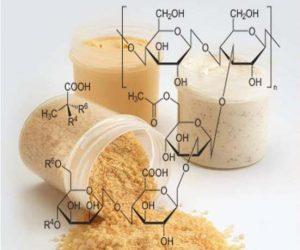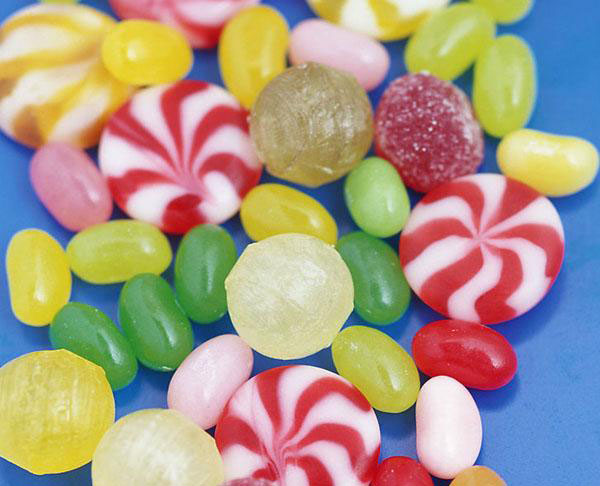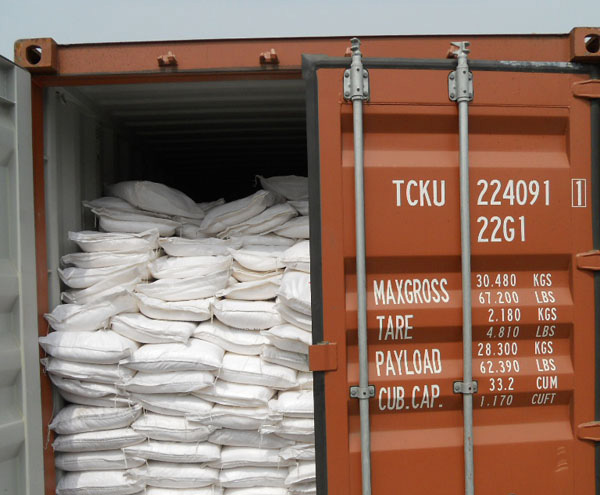Does anyone know if Xanthan Gum E415 is gluten free?

Yes, Xanthan Gum E415 is gluten free and widely used in gluten free food used as an food thickener in salad dressing, sauces and ice cream. Xanthan Gum E415 is a polysaccharide manufactured through fermentation, available as cream white powder. It’s widely used as thickening agent and texture stabilizer in food, beverage and various other industries for its ability of increasing liquid viscosity.
Why is Xanthan Gum E415 gluten free?
Gluten is a type of elastic grain protein that helps wheat, rye and barley hold their shape. Because of its glue-like properties, gluten is often added to other food products—pasta, sauces, crackers, baked goods—to thicken or bind those products together. Raw materials used in manufacturing of Xanthan Gum are glucose, sucrose, or lactose obtained from corn starch; So The manufacturing process of Xanthan Gum E415 is gluten free. So, Xanthan Gum is gluten free.
What foods contain Xanthan Gum E415?
Xanthan Gum E415 is a microbial gum derived from fermented glucose, sucrose, or lactose. Classified as E415, the product is used as a thickening agent in sauces, dressings, fillings, instant soups, beverages, ice cream, and dairy products.
Why should you go Gluten free, Gluten free foods are good or not?
People with celiac disease or Gluten intolerance or sensitivity should intake gluen free foods. Nowadays more and more groceries and health food stores stock gluten-free products. That’s good for people with celiac disease, who for health reasons should not eat wheat with gluten. The market for gluten-free products is exploding. Many people may just perceive that a gluten-free diet is healthier.
Is it necessary for all people to eat gluten foods? In fact, it isn’t. For people with celiac disease, a gluten-free diet is essential. But for others, unless people are very careful, a gluten-free diet can lack vitamins, minerals, and fiber.
How to avoid Gluten ingredients?
Someone is strict adherence to a gluten-free diet for life. It requires knowledgeable nutritional counseling and frequent updates as commercial food contents change. must be alert to hidden sources of gluten such as HVP/HPP (hydrolyzed vegetable/plant protein). Today’s processed and packaged foods have many hidden sources of gluten, which can be unintentionally ingested. To be safe, a person should read ingredients on labels every time they purchase food as manufacturers frequently change ingredients.




